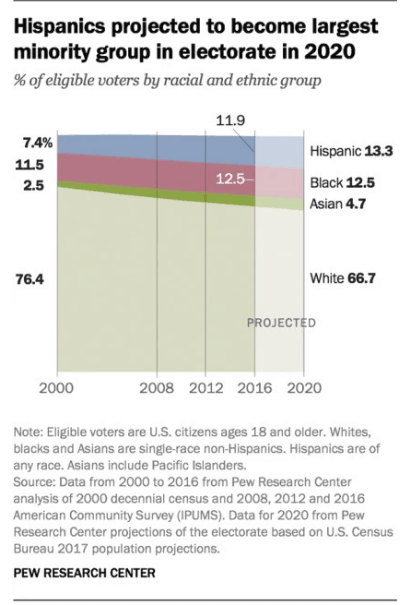For Your Consideration
Financial aid offer letters can be confusing. It can be hard to tell the difference between scholarships, grants, work study, and loans — an important difference that impacts how much students pay both upfront and in the long term. To help students and parents better understand their offer letters, The Hechinger Report created a tool where you can upload financial aid offer letters and it will break them down into grants, work study, and loans. Check it out here.
Dropping Knowledge
A new National Bureau of Economic Research working paper shows clear benefits to early-life interventions for low birth weight babies, including higher test scores in elementary and middle school, a higher likelihood of enrolling in college, and lower social program spending by age 14. The researchers use data from Rhode Island to look at the difference in longterm outcomes for babies who just qualified for Very Low Birth Weight (VBLW) status and thus received more intensive in-hospital care compared to those who just missed that qualification and did not receive that care. The authors conclude that their results show that “interventions delivered in early-life can generate notable gains for children.”
New research out of South Carolina shows that the benefits of pre-K extend beyond just the children enrolled in pre-K — something known in economics as a spillover effect. The researchers found that the state preschool program (CDEP) increased math and reading test scores the most for low-income students who were eligible to attend the program but also for those who were not eligible to attend. The authors also found that students who attended the preschool program had fewer discipline issues, leading them to theorize that the test scores gains for all students came as a result of a less disruptive learning environment. Chalkbeat’s Matt Barnum has a good article on the study if you want to learn more without reading the full study.
The Next Evolution
Last week, Pew Research Center released a report titled, “6 demographic trends shaping the U.S. and the world in 2019.” The graphs and headlines in the report are easily skimmable to gain the quick highlights. Here are a few interesting trends:
- The reign of the Baby Boomers is over: This year, Millennials (ages 23-38) will overtake the Baby Boomers (ages 53-73) to become the largest living adult generation. Compared to previous generations, Millennials are earning more at their age but have less wealth, partly due to student loan debt.
- Hispanics are projected to be the largest racial or ethnic minority group in the electorate in 2020, although this does not necessarily translate into voter turnout.
- The U.S. immigrant share of the population is approaching the highest it’s been since 1910 at 13.6% in 2017, while the unauthorized immigrant population is at its lowest since 2004.

What we're reading
Learning Differences: More than a politically correct term for learning disabilities
This is Part Two of our series on learning differences. In this article, we take a broader look at what “learning differences” means.... Read the rest-
Can Community Investment Trusts Help Slow Down Gentrification?
-
Direct-to-Consumer Genetic Testing and Potential Loopholes in Protecting Consumer Privacy and Nondiscrimination
-
Research: When Airbnb Listings in a City Increase, So Do Rent Prices
-
Does Empathy Have A Dark Side?
-
Human Drugs Are Polluting the Water—And Animals Are Swimming in It
-
How Do We Get Middle School Students Excited About Science? Make It Hands-On


